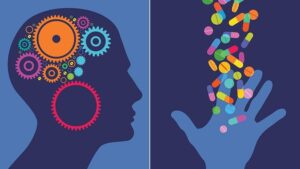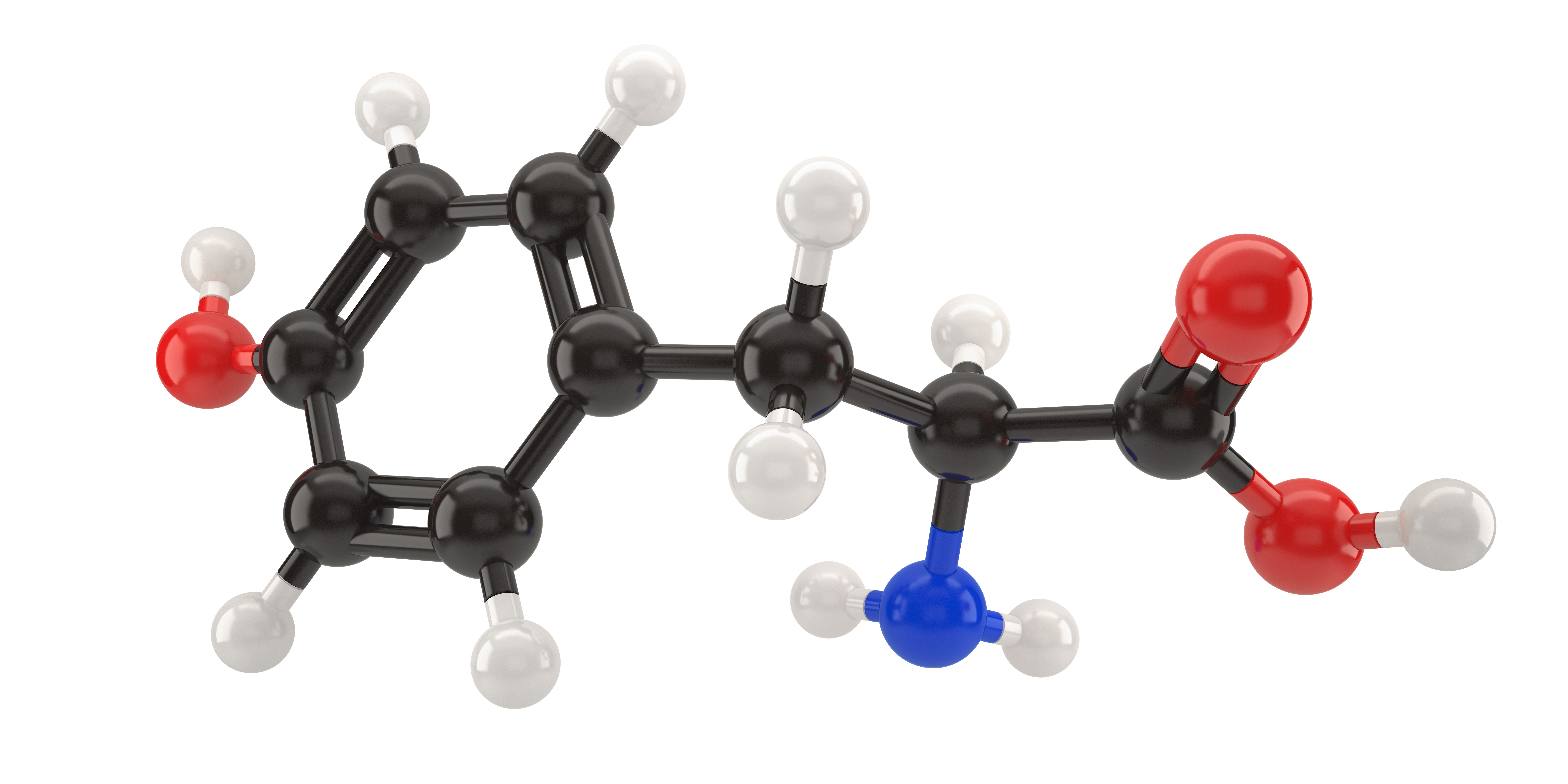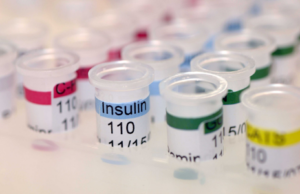On this page you will find a collection of active addiction-related projects ongoing across Rutgers. Learn about on-going research projects and datasets available for analysis. Contact information for each project listed below is provided.
If you are interested in hosting your project on this page, please email rarc@bhi.rutgers.edu with your project details.
-

Integrated Treatment for Co-Occurring Opioid Use Disorder and Posttraumatic Stress Disorder
To inquire about this project, please contact Dr. Tanya Saraiya, tanya.saraiya@rutgers.edu
-

Investigating Vasoactive Intestinal Polypeptide (VIP) Neurons as Therapeutic Targets for Modulating Drinking
To inquire about this project, please contact Dr. Rafiq Huda, rafiq.huda@rutgers.edu.
-

Leveraging large-scale administrative claims data to evaluate prescription opioid use, risks, and outcomes in older adults living with HIV
To inquire about this project, please email Dr. Stephanie Shiau, stephanie.shiau@rutgers.edu.
-

Linkages between Ovarian Hormones and Affective Dysfunction with Alcohol Use, Reward and Reinforcement
To inquire about this project, please email Dr. Samantha Farris, samantha.farris@rutgers.edu.
-

Linking psychometric and multimodal neural measures of socioemotional functioning to early antisocial behavior and environmental risk
To inquire about this project, please contact Dr. Sarah Brislin, sarah.brislin@rutgers.edu (R21 MH126130).
-

Long-acting buprenorphine vs naltrexone opioid treatments in CJS-involved adults (EXIT-CJS)
To inquire about this project, please contact Dr. Amesika Nyaku, amesika.nyaku@rutgers.edu.
-

Mechanisms underlying dysfunctional glucose sensing and corrective measures to normalize it
For more information about this project, contact Dr. Vanessa Routh, routhvh@njms.rutgers.edu.
-

Mindfulness Oriented Recovery Enhancement (MORE) as an Adjunct to Methadone Treatment for Opioid Use and Chronic Pain Management
To inquire about data access, contact Dr. Nina Cooperman, Psy.D., cooperna@rwjms.rutgers.edu.
-

Mobile Youth Survey (MYS)
To inquire about working with the data, please contact Dr. Danielle Dick (Danielle.m.dick@rutgers.edu).
-

Multi-level gap analysis of treatment for HIV and OUD in New Jersey
To inquire about this project, please contact Dr. Amesika Nyaku, amesika.nyaku@rutgers.edu.
-

The National Collegiate Recovery Program Study
To learn more about the study and/or to inquire about working with the data, please contact Dr. Danielle Dick (Danielle.m.dick@rutgers.edu).
-

Risk environment analysis to inform overdose education and naloxone distribution (OEND)
To inquire about this project, please contact Dr. Amesika Nyaku, amesika.nyaku@rutgers.edu.

